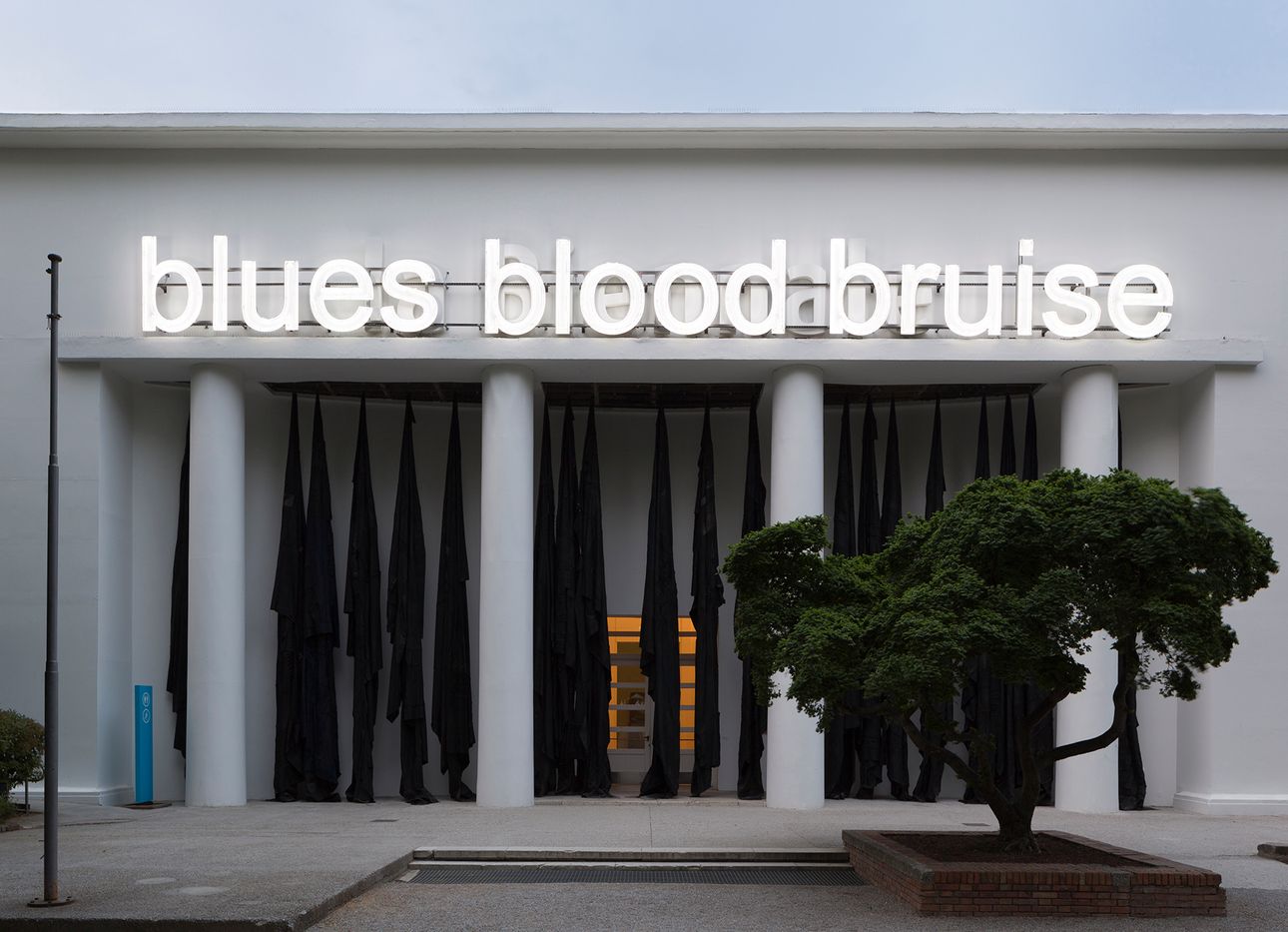
A New Exhibition Explores the Omnipresence of Black Grief
Blackness as a color and, in some ways, as a culture often finds itself in close proximity to death. Despite the vivid brilliance of Black creativity and expression, the richness innate to Blackness (a quality associated with a shade so powerful it absorbs the energy from all other hues into its depths) has been diluted by an omnipresence of grief. In the Western imagination, black is the color of funeral attire, a simple shorthand for mourning. And for the people it’s used to describe, the association becomes even more charged: Black is coded as a threat, as a burden, and yet somehow invisible, too.
This week, New York’s New Museum opened “Grief and Grievance: Art and Mourning in America,” an exhibition curated by the late Okwui Enwezor (1963–2019) that examines what it’s like to be in a “perpetual state of mourning.” (Enwezor completed the show’s thesis and a list of artists and artworks just before his passing, in March 2019; a team of curatorial advisors established by the New Museum interpreted his vision to inform the final presentation.) Known for his deliberate focus on contemporary art from the African continent, Enwezor used the exhibition to explore America as the site of a particular shade of grief. It presents mourning as a political act, and demonstrates that the same emotional process can be a form of art-making in its own right.
The white walls of the New Museum’s galleries serve as a striking backdrop for the limitless dimensions of how Black art archives the passage of time and the processing of pain. Both themes lie at the heart of projects by a roster of 37 artists—including Dawoud Bey, LaToya Ruby Frazier, Ellen Gallagher, Theaster Gates, Rashid Johnson (the guest on Ep. 25 of our Time Sensitive podcast), and Adam Pendleton—that fill all three of the institution’s main exhibition floors as well as its lobby and public spaces. (The exhibition catalogue, published by Phaidon, includes essays by Elizabeth Alexander, Judith Butler, Ta-Nehisi Coates, and Claudia Rankine, among other contributors who were selected by Enwezor.) Installations such as Glenn Ligon’s neon sign “A Small Band” (2015), which weightlessly deposits the words blues blood bruise directly into our field of vision, illustrate the interconnectivity of Black invention, sacrifice, and healing. Long before the Black Lives Matter movement and widespread calls to “defund the police,” the blue-black stain on America has always been one of violence without apology. The works on view are at once a sorrowful and empowering reminder that marginalized people have been able to forgive even in the absence of grace.